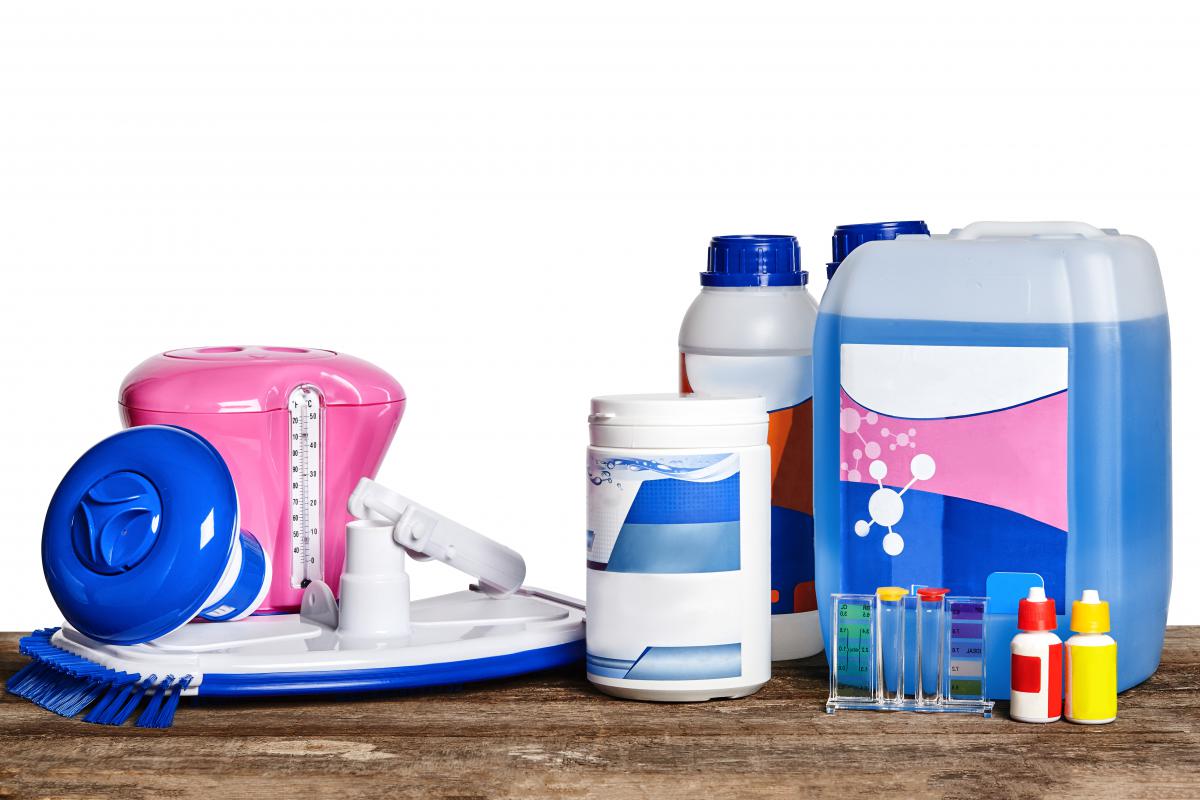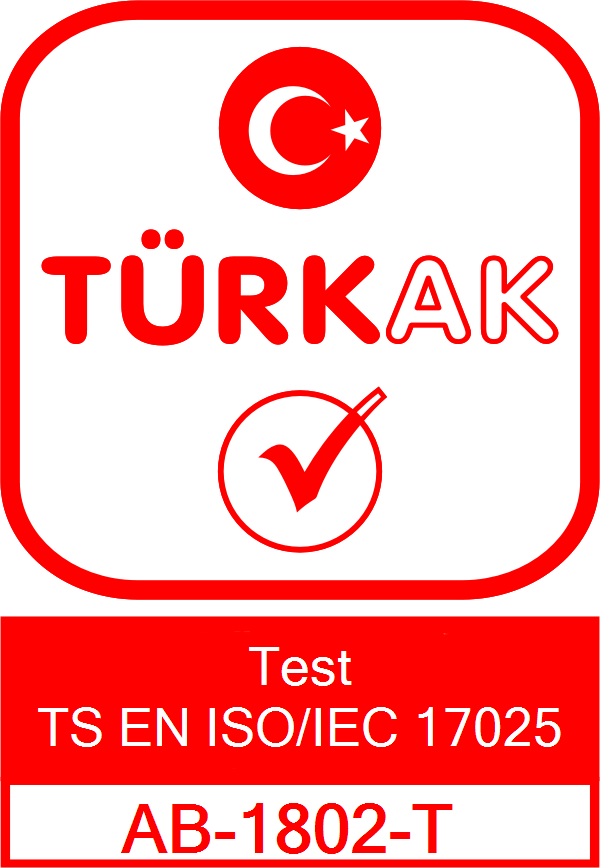
Sodium Hypochlorite Determination in Bleach: Concentration and Safety in Use
Sodium Hypochlorite Determination in Bleach: Concentration and Safety in Use
Contents
A Powerful Agent in Homes and Industry
Bleach is a widely used chemical in both household and industrial cleaning. Its main component, sodium hypochlorite (NaOCl), can pose health and environmental risks if not used in the right concentration. Therefore, determining the exact sodium hypochlorite level is essential for product quality and user safety.
What is Sodium Hypochlorite?
Sodium hypochlorite is a strong oxidizer used for disinfecting surfaces and removing stains. Commercial bleach usually contains 3% to 6% NaOCl, while industrial products may contain over 10%.
Testing Methods
Several analytical methods are employed to accurately determine sodium hypochlorite content in bleach:
- Iodometric Titration: The most common method, involving iodine reaction and starch indicator.
- Spectrophotometric Analysis: Measures absorbance at specific wavelengths to calculate concentration.
- Active Chlorine Measurement: Evaluates the actual disinfecting power of the bleach.
Why Safe Use Matters
High concentrations of sodium hypochlorite pose various risks:
- Skin and eye irritation
- Respiratory issues like coughing and burning
- Release of toxic chlorine gas when mixed with acids
- Damage to metals and fabrics
Labeling and Regulatory Requirements
According to regulations, bleach labels must clearly state the sodium hypochlorite concentration. Hazard symbols, usage instructions, and first aid information are also mandatory.
Benefits of Laboratory Testing
- Ensures product complies with quality standards
- Protects consumer health and safety
- Supports documentation for export certification
- Verifies accuracy of chemical formulations
Accurate Concentration Means Safer Cleaning
To achieve effective disinfection, bleach must contain a precisely measured amount of sodium hypochlorite. This concentration determines both cleaning performance and safety. Manufacturers should regularly conduct laboratory testing, and users should always read product labels carefully.
Frequently Asked Questions (FAQ)
What is the ideal sodium hypochlorite concentration in bleach?
For household use, 3%–6% is typical. Industrial products may go up to 10%–15%.
What happens when bleach is mixed with acid?
It produces chlorine gas, which is toxic and dangerous to health.
Is laboratory analysis mandatory?
Yes, for exporters or those seeking certification. For others, it's strongly recommended for quality assurance.
What is the shelf life of bleach?
Generally between 6 months and 1 year. Avoiding exposure to heat and light can extend its effectiveness.

